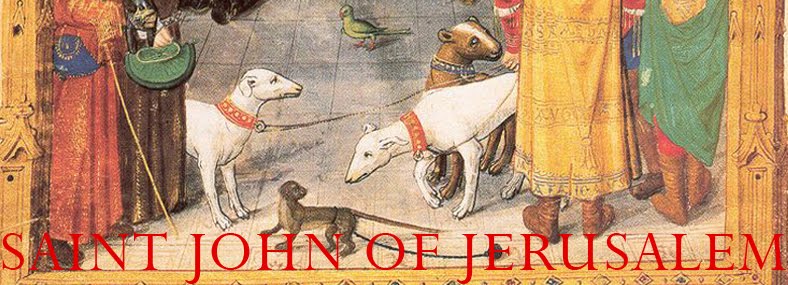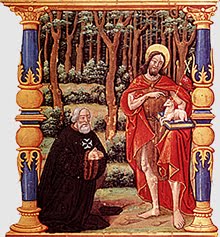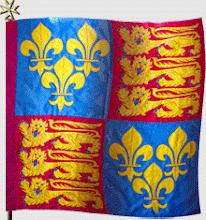 |
| Interior of the Basilica of the Rosary at Fatima, by the Dutch architect Gerardus Samuel van Krieken |
The Fatima visionaries, poor little peasant mites, are unlikely to have known this; but, in the first millennium, May 13 was sometimes a festival of our Lady within the Roman Rite. To me, who incline to share S John Paul's view that in the workings of Providence there are no coincidences, this seems interesting.
This is how it happened. In 609, Pope S Boniface IV dedicated the old Roman Pantheon, built originally by Marcus 'Actium' Agrippa but subsequently rebuilt after a fire, as the Church of Sancta Maria ad Martyres. He did this in collaboration with the emperor Phocas ... not an altogether nice chap, but possibly the last emperor, I think, not to use the style Basileus; it had thus taken more than six centuries to dissipate the old Roman gut sentiment which animated Brutus and his associates, to the effect that no-one in Rome ought to deem himself Rex ... but I'm rambling again ...
Phocas donated an Ikon of our Lady which is still enthroned above the Altar of that Church; and the relics of many of the martyrs were disinterred and brought into the church; hence its name. This was the period when Marian Ikons, and relics of Saints, used to be processed round the wall of Constantinople when barbarian enemies appeared on the scene; I rather suspect that Pope S Boniface had in mind to construct a defensive powerhouse in Old Rome rather than merely to stimulate pious devotion. Pre-modern, and particularly First Millennium, Christianity has a very practical and down-to-earth side to it. Possibly Pope and Emperor may even have had in mind the idea that, just as Actium had (according to the Augustan PR machine) saved Rome, so the Theotokos and the Martyrs might do the same in their own day.
In the early centuries of the English Church, this festival on May 13 seems to have been important. The Leofric Missal, the Altar Book of the early Archbishops of Canterbury, based on texts brought to England by S Augustine, includes it and, interestingly, demonstrates the continuing relevance of this festival by including in the text later scribal additions and adaptations. Perhaps the Church of S Mary in Canterbury emulated the mother church in Rome. Something similar appears to have happened in Exeter (to which the Leofric Missal was later taken), where a Saxon church of Sancta Maria ad Martyres lay, I think, West of the present Cathedral and on the same axis.
I am sure that the significance of the Martyrs will have struck readers. The Third Secret of Fatima is full of the theme of Martyrs and Martyrdom; indeed, we are still living in an Age of Martyrs which rivals any earlier such age. I would draw the attention of those who do not know it to the official CDF documentary collection of 2000, The Message of Fatima, and especially to the fine and elegant exposition by Cardinal Ratzinger.











